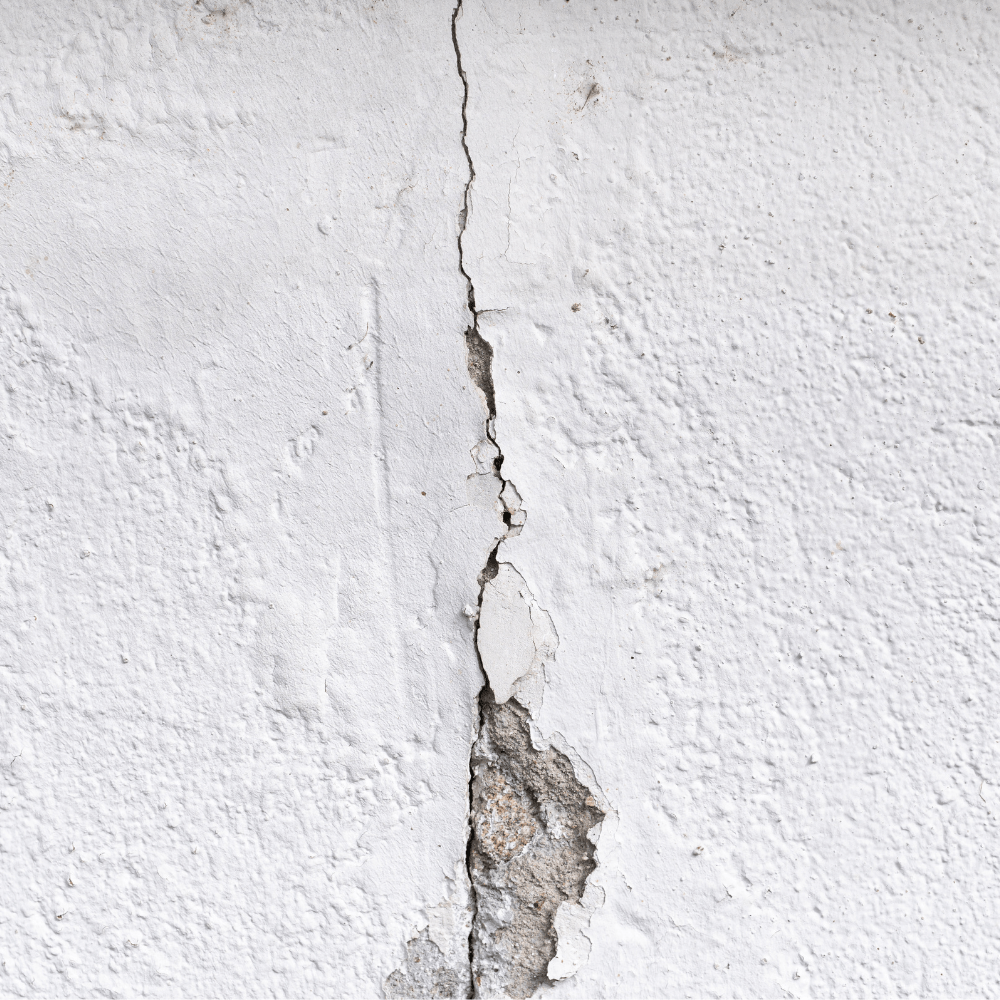We all want to keep our homes safe from damage, but if you live in an area with extreme weather or close to the water’s shores, that can be a tough thing to do. Whether flood damage occurs from sewage pipes or a natural disaster, it can completely destroy your home. But we can help you. Once you learn these basic protection methods, you’ll be much better placed to keep your home safe from water damage!

Different Types Of Water Damage
The ways water can damage your home are as varied as the ways water can overflow. But generally speaking, there are three main categories of water damage that affect a typical home. These are graded by how dangerous the water is to you and your family.
The first category is water that has come from a sanitary, or safe-to-drink source. Typical sources for this kind of water damage include sprinkler systems, broken supply lines, overflowing containers, rain, meltwater and other natural sources. While water volume can still be a problem for your possessions, this won’t pose a toxic threat to you and your family.
The second category is water that contains significant contamination. Known as ‘grey water’, this type of water could contain detergents, seepage from hydrostatic pressure or diluted urine. With unsafe levels of microorganisms and other biological or chemical matter, this could cause discomfort or sickness for humans.
The third category, meanwhile, is water that is ‘grossly contaminated’. This ‘black water’ can be deadly to people and deeply destructive to property. Sanitary sewer backups, brackish water from rivers and streams and flooding seawater are all sources of this type of water. It may contain raw sewage, seawater, pesticides or heavy metals, and is highly dangerous for humans.
Getting Started On Repairing Water Damage
But what happens when your home has already been damaged? How do you get going on the home water damage restoration process? After assessing the type of water damage, the first step is to identify the source of the water. This will help you stop the water damaging your home any further. Then, you’ll need to clean up any standing water. In less serious cases, a wet/dry vacuum will do the trick. However, if there’s been a lot of damage, you may need to use industrial water extractors. After this, you’ll need to dehumidify the remaining moisture. This will prevent what remains causing warping or other pervasive damage. Cleaning and sanitizing the area is the next step of emergency water damage clean up. This gets rid of contaminants before you repair your home for good. The final step in water leak restoration is repair. Things like replacement and repainting of walls and new carpeting happen here.
How To Avoid Water Damage
Now you know what to do if water damage happens. But how do you stop it, or make it less serious in the first place? If you’re in the process of choosing a home, make sure you pick one where the lawn tilts away from the house. This will provide an uphill barrier to any water damage that may get in.
Meanwhile, if you already have a home, there are things you can do regularly to prevent water damage as well. The most important part of this is regular inspection of areas where it’s likely to occur, and regular maintenance of your home. Replace any shingles as soon as they fall. Basements, attics, bathrooms, and kitchens are the biggest sources of water damage in the home. As such, keeping a close eye on them is essential. Any water leaks must be repaired immediately. Check regularly for watermarks on walls, as this signals a leaking pipe somewhere in your home. Any holes should get coating and sealants as soon as you spot them.
Ensuring you have good drainage is also key. If you have wooden surfaces, make sure you regularly clean dust, mould and mildew away from them. This will ensure it will be free of rot if water hits it. Don’t put laminate flooring in water-heavy areas of your home, as it is especially prone to water damage.
Conclusion
Of course, when it comes to important construction and home maintenance decisions, it’s always best to do your own research. Take your time, read around on water damage widely and make sure you have all the facts before making a decision. But we’ve given you some great places to start your research. If you want to know how to go about home water damage restoration, or how to stop your home from being affected by water in the first place, this is the perfect place to learn all the basics you need to know.
References
- “The Complete Guide to Water Damage Restoration”, Aer Industries, accessed 5th July 2021, https://aerindustries.com/blog/2016/12/07/water-damage-restoration-guide/.
- “Best Water Damage Restoration Services”, The Spruce, accessed 5th July 2021, https://www.thespruce.com/best-water-damage-restoration-services-5075543.
- “5 Steps to Fix Water Damage in the Home”, Vital Restoration, accessed 5th July 2021, https://www.vitalrestoration.com/blog/5-steps-fix-water-damage-home/.
- “Steps to Take After Water Damage”, Jenkins Restorations, accessed 5th July 2021, https://jenkinsrestorations.com/steps-to-take-after-water-damage/.
